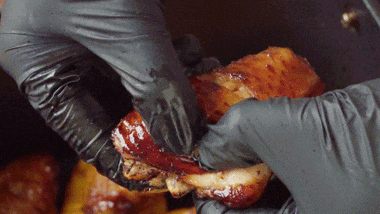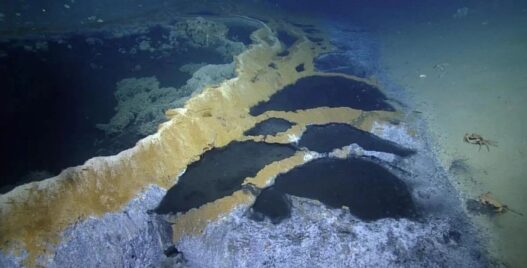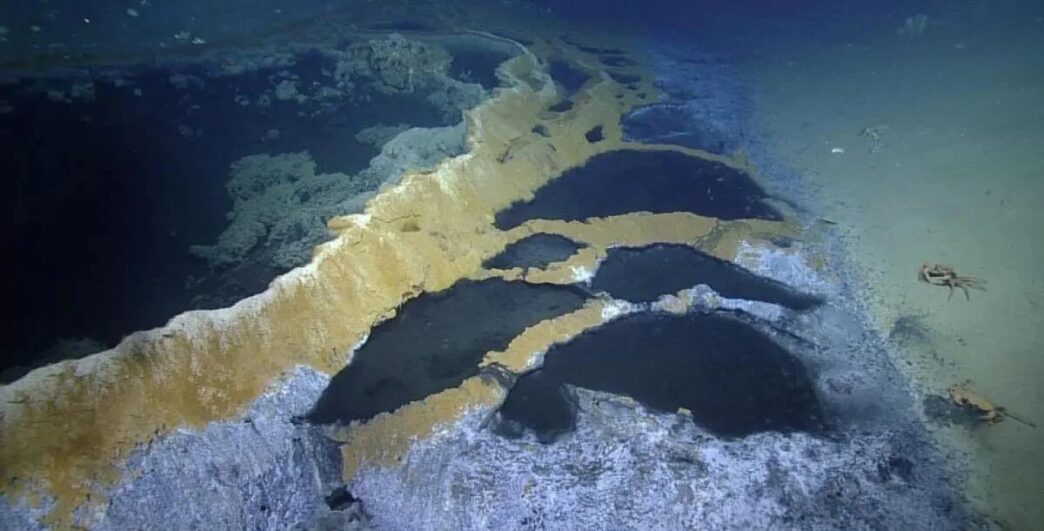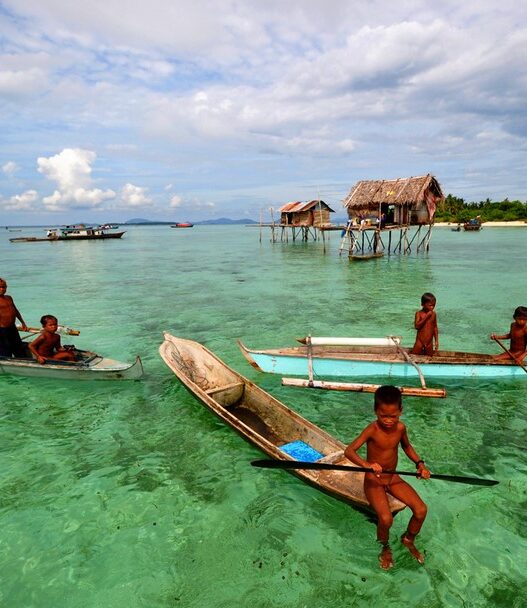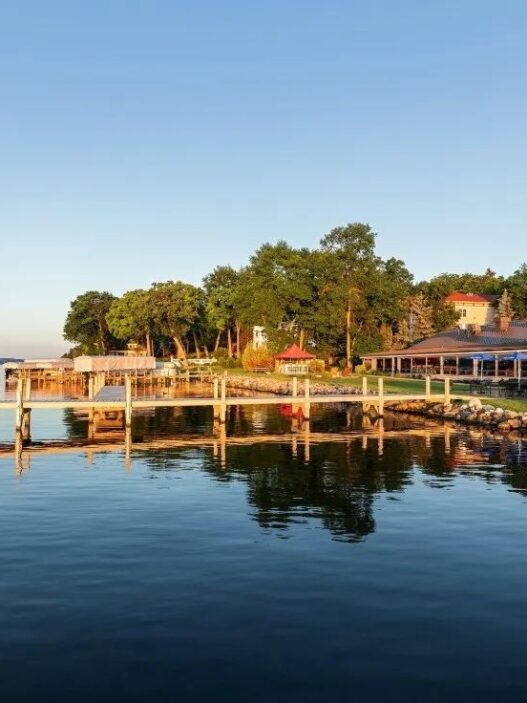🧭 Introduction: A Deadly Pool in the Deep
Deep beneath the Gulf of Mexico, about 1000 meters underwater, lies a lake of dense, toxic water nicknamed the Hot Tub of Despair. Officially known as a brine pool, this ominous site contains extremely salty water saturated with methane, forming a natural death trap for unsuspecting sea creatures.
🛰️ Hercules Discovers a Salt Trap
In 2023, scientists aboard the E/V Nautilus exploration vessel discovered this bizarre site using their remote-operated vehicle, Hercules. In their video footage, researchers hover above the circular pool and observe dead marine life—including pickled-looking crabs—preserved in the brine.
According to ocean chemist Scott Wankel, some animals may accidentally fall in, while others could be instinctively drawn here to die.
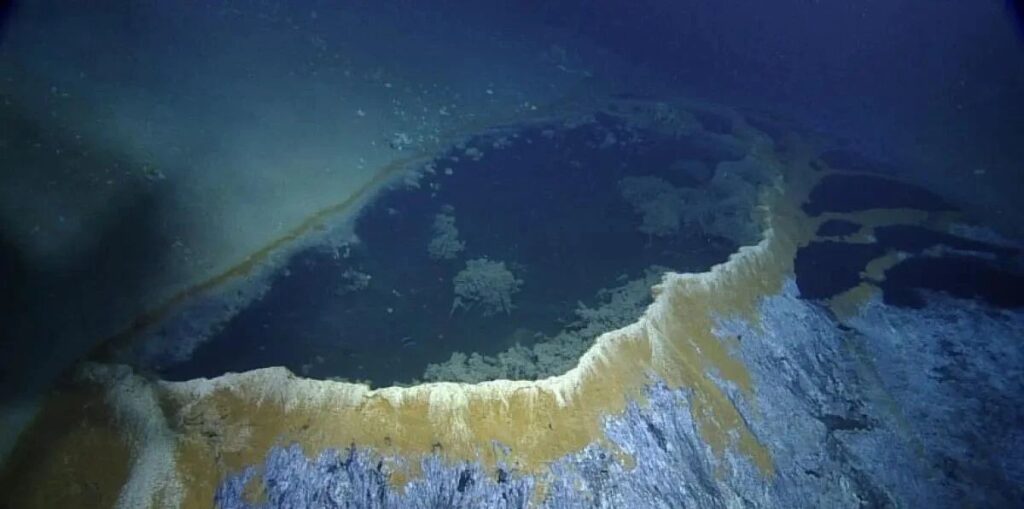
🌊 What Are Brine Pools?
Brine pools are extremely salty lakes that form on the seafloor. Because their density is so high, the salty water does not mix with surrounding seawater. These pools often contain dangerous levels of hydrogen sulfide and methane, making them uninhabitable for most marine life.
Biologist Erik Cordes of Temple University, a veteran deep-sea explorer, called this one of the strangest brine pools he has seen in 30 years of research.
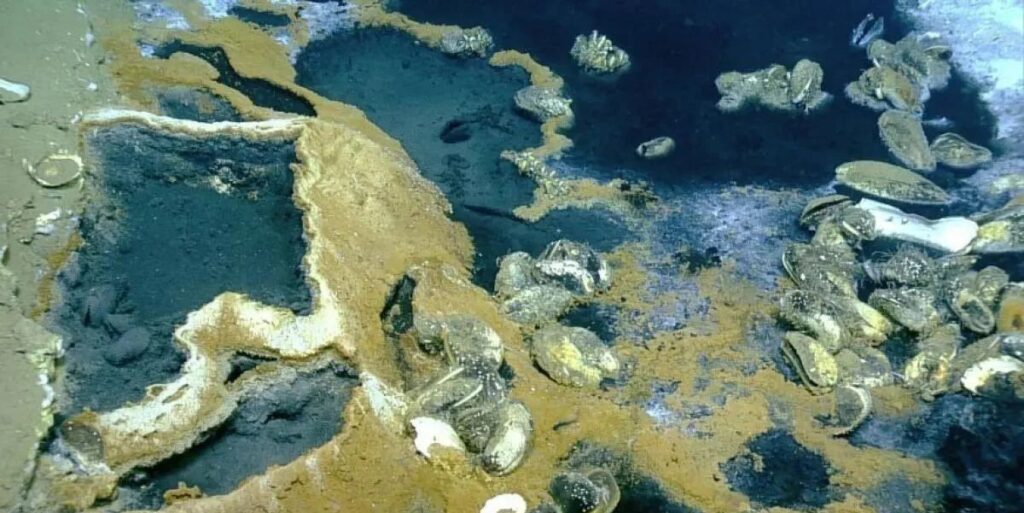
🧱 A Lake with No Bottom?
The pool lies within a 3.7-meter-deep crater surrounded by red and white mineral deposits. Using sensors, scientists measured a temperature of 8°C at the surface, increasing to 19°C as they went deeper—still without reaching the bottom, even at 19 meters.
The team believes the bottom is connected to deep geological faults, possibly extending several kilometers beneath the seafloor.
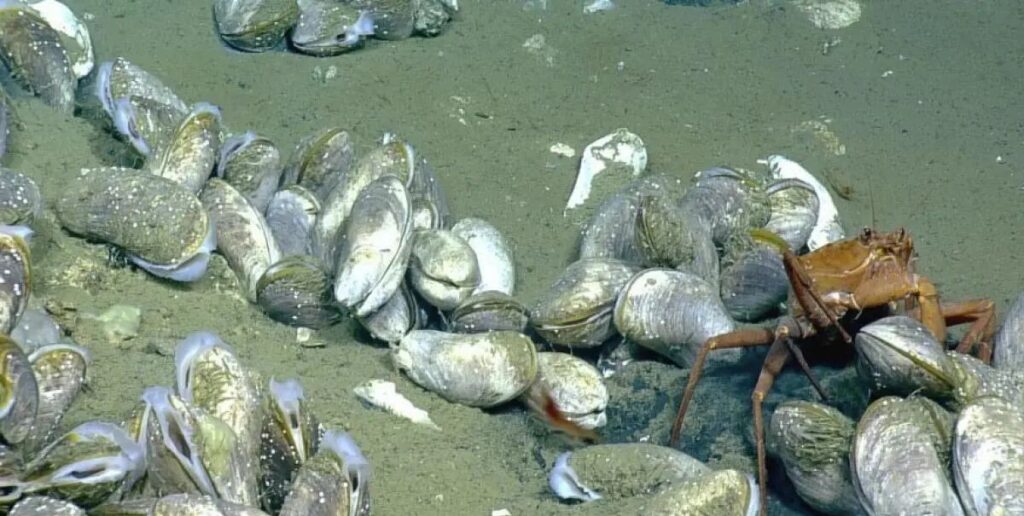
🧬 Life at the Edge: Mussels, Worms, and Symbiosis
Despite its deadly center, the rim of the pool teems with life. Colonies of mussels thrive by forming a symbiotic relationship with bacteria in their gills. These bacteria convert toxic gases like methane and hydrogen sulfide into energy—also supporting tube worms and other lifeforms.
The mussels also help stabilize the brine pool’s edges, forming natural dikes that contain the dense, toxic liquid.
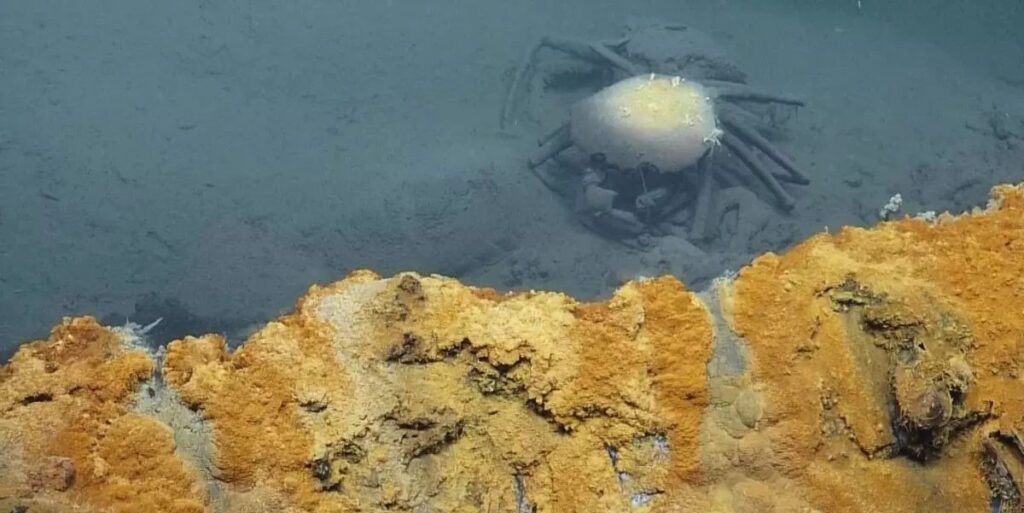
🦀 The Pickled Dead: Preservation in Salt
The high salt content—four times saltier than regular seawater—not only poisons most marine life, it also preserves it. Crabs and fish that fall in are often found perfectly intact, as if “pickled.” Some carcasses may have remained undisturbed for decades.
🧪 A Glimpse into Earth’s Secrets
The brine pool offers insights into early Earth conditions, potential extraterrestrial life, and the extreme environments some organisms can survive in. Scientists see this hostile habitat as a natural laboratory to study chemistry, geology, and biology on the edge of life.





